Here is my 6th nugget of knowledge - Music Map.
https://www.music-map.com
Discover similar new artists just by keying one that you like. You can key in classical composers, chinese artists (use their English names if possible), and of course, modern performers.
For eg., here is a map to Yiruma and a bunch of artists whose music is similar to his:
https... See More
Here is my 6th nugget of knowledge - Music Map.
https://www.music-map.com
Discover similar new artists just by keying one that you like. You can key in classical composers, chinese artists (use their English names if possible), and of course, modern performers.
For eg., here is a map to Yiruma and a bunch of artists whose music is similar to his:
https://www.music-map.com/yiruma.html
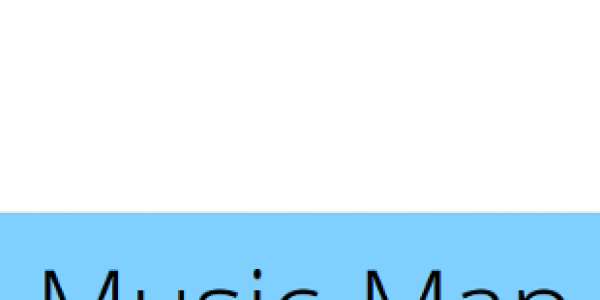
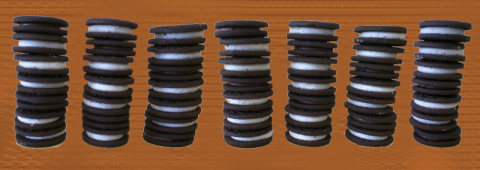
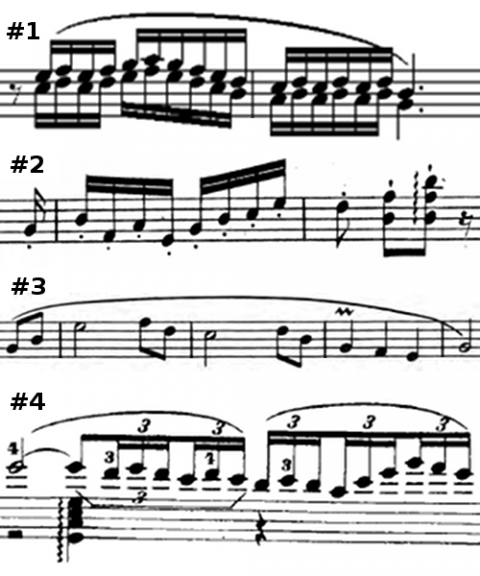
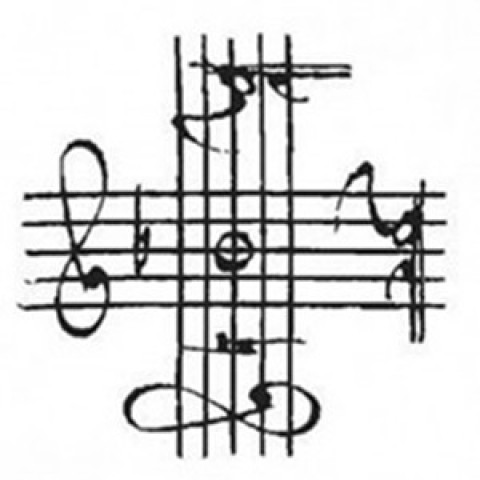

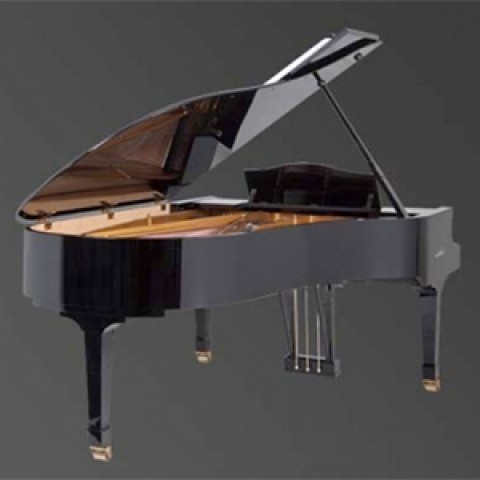


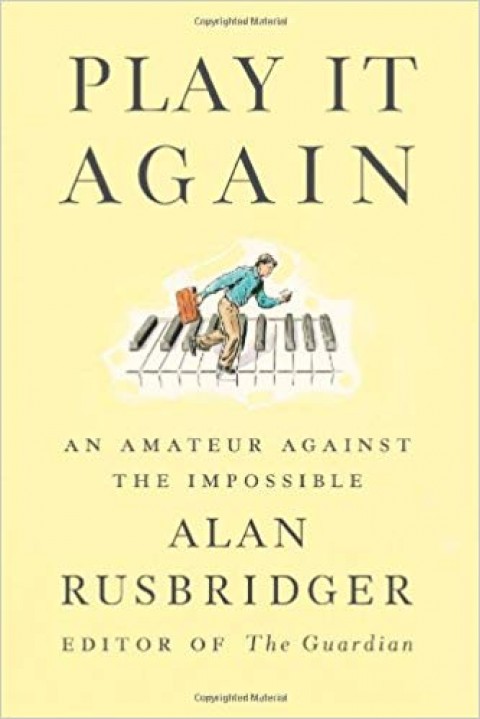
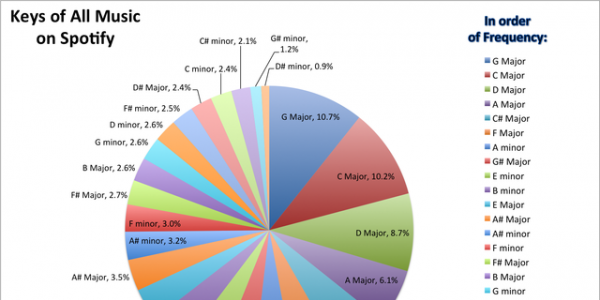
I guess their database has been populated more with American / British artists. You might want to propose your own list of artists then at http... See More
I guess their database has been populated more with American / British artists. You might want to propose your own list of artists then at http://www.gnoosic.com/vote